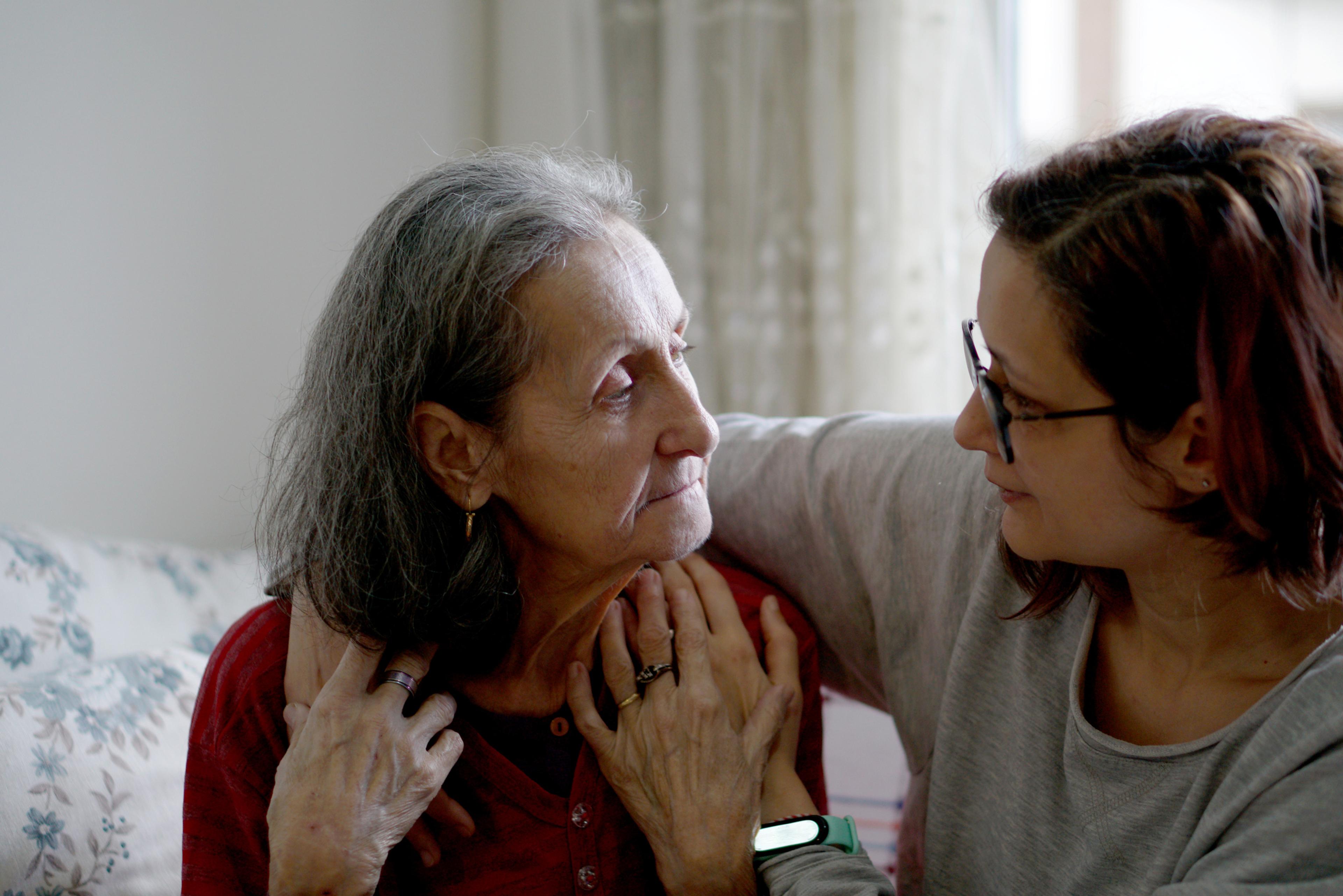Natural Ways to Deal with Chronic Pain

Lindsay Knake
| 3 min read
Lindsay Knake is a brand journalist for Blue Cross B...

Chronic pain can make daily life challenging by reducing mobility and creating mental health challenges.
About one-quarter of Americans will experience chronic pain, which is defined as pain that lasts three months or more. Common causes of chronic pain include:
- Arthritis
- Cancer
- Fibromyalgia
- Neck or back pain
- Migraines
- Nerve damage
Chronic pain can interfere with your daily life and cause anxiety, depression, insomnia and fatigue.
While medications such as over-the-counter pain relievers, muscle relaxers and opioids are common treatments for chronic pain, these options may not work for everyone. Here are other ways to help manage chronic pain without medication.
Deep breathing and relaxation
A practice of deep breathing can help reduce pain. People who have chronic pain can tense their muscles and hold their breath, which can exacerbate symptoms, according to the Mayo Clinic. Breathing deeply from the diaphragm can activate your parasympathetic nervous system, which helps the body rest and digest. This can ease muscle tension.
To practice deep breathing, lie or sit in a comfortable position and take a deep breath through your nose from your abdomen. Inhale for three to five seconds, and then exhale slowly through your mouth. Repeat this for 10 minutes a few times per day.
Massage therapy can also provide relief from chronic pain, according to a study.
Mindfulness and meditation
Bringing your attention to the present moment through meditation and mindfulness may also help with negative thoughts, anxiety and depression associated with chronic pain. Noticing and accepting the present moment rather than resisting it improves mental and emotional health, according to the Mayo Clinic.
An analysis of various studies found meditation led to a decrease in depression and negative mental health related to chronic pain.
Gentle exercise
Exercising can improve pain threshold and provide some relief by releasing endorphins. Talk to your physician for guidance and an exercise plan that addresses your needs.
Strength training, walking and swimming can help back and joint pain, according to WebMD.
Yoga and tai chi are gentle exercises that incorporate deep breathing and mindfulness along with stretching and strength work.
Eat a healthy diet
Eating a nutritious diet reduces risk of heart disease, improves blood sugar levels, maintains weight and reduces inflammation. Fresh vegetables and fruits, whole grains and lean meats are all part of a healthy diet.
Avoid drinking alcohol and smoking, which can increase pain.
Join a support group and/or create a support system
People in your life who don’t have chronic pain may not understand what you are going through. Talking to others who experience chronic pain can give you a space in which to learn from others and feel less alone.
You also may consider creating a support system by sharing your experiences with loved ones. When you’re in severe pain, they will know how they can help you.
Seek therapy
Therapy can help you manage stress, anxiety, depression and other mental health impacts of chronic pain.
Cognitive behavioral therapy (CBT), for example, can help you deal with negative thoughts that you may experience as a result of constant pain, according to the Cleveland Clinic. This can also help you focus on what you can control rather than on what you can’t.
Image: Getty Images
Related:





